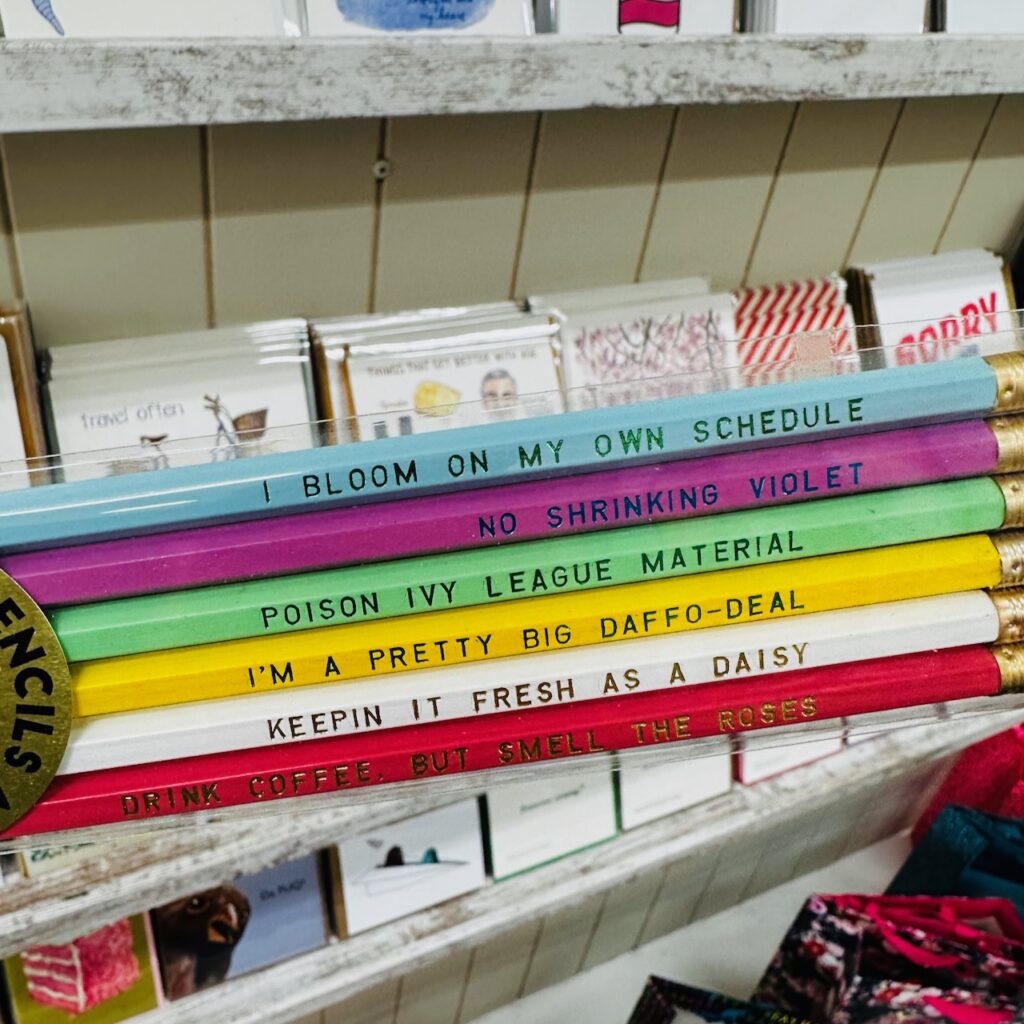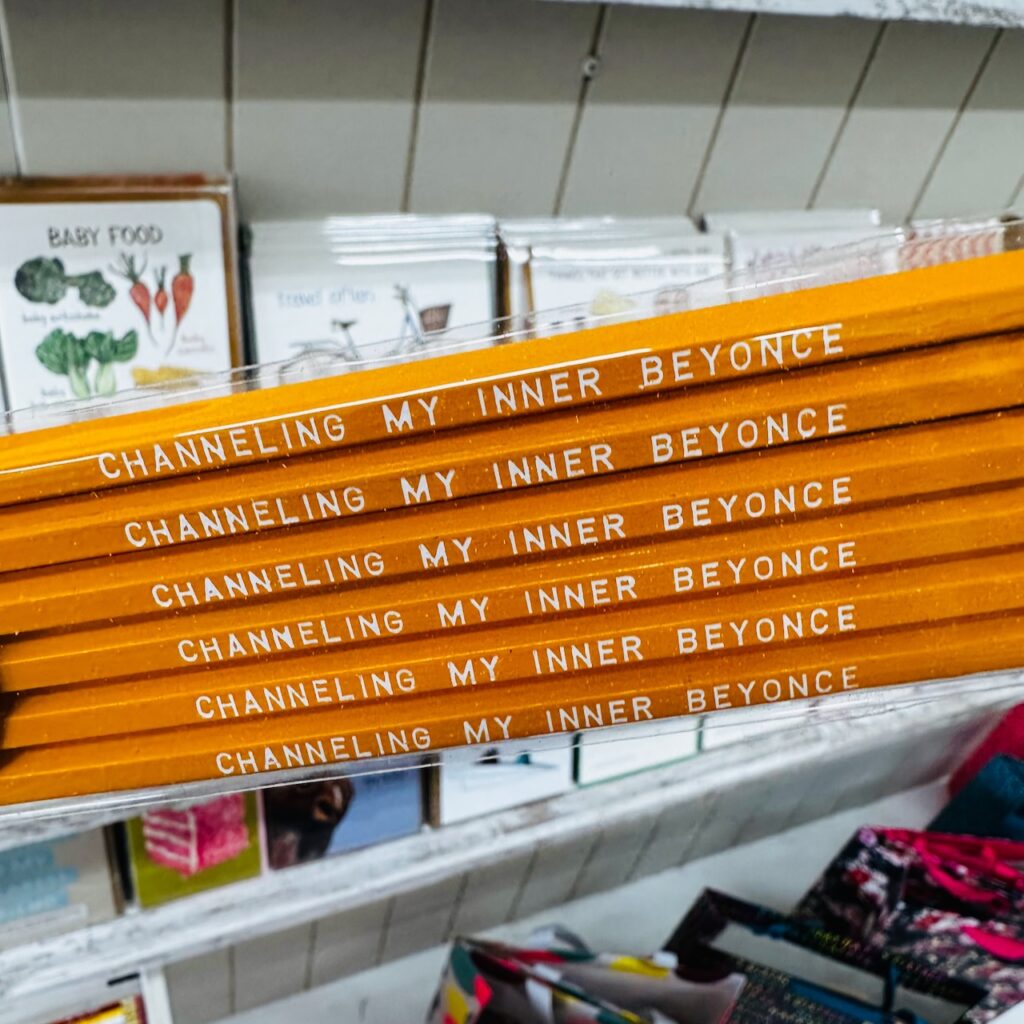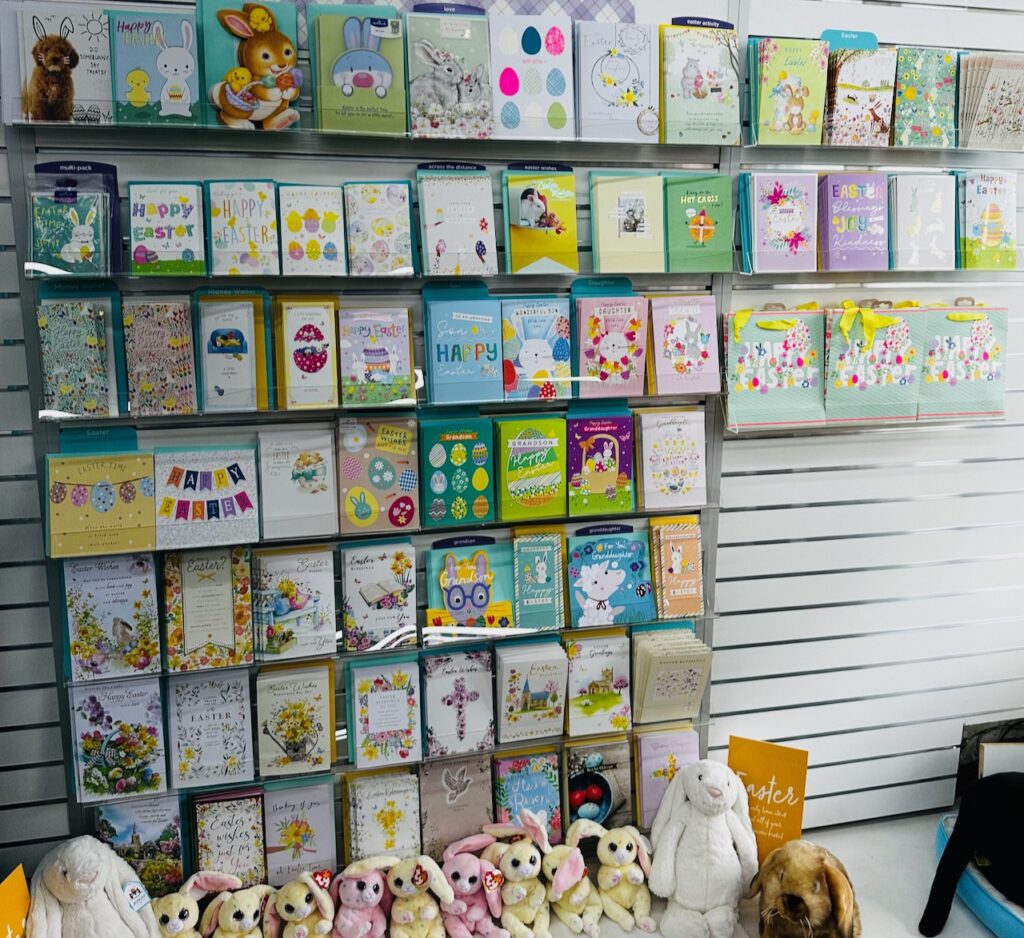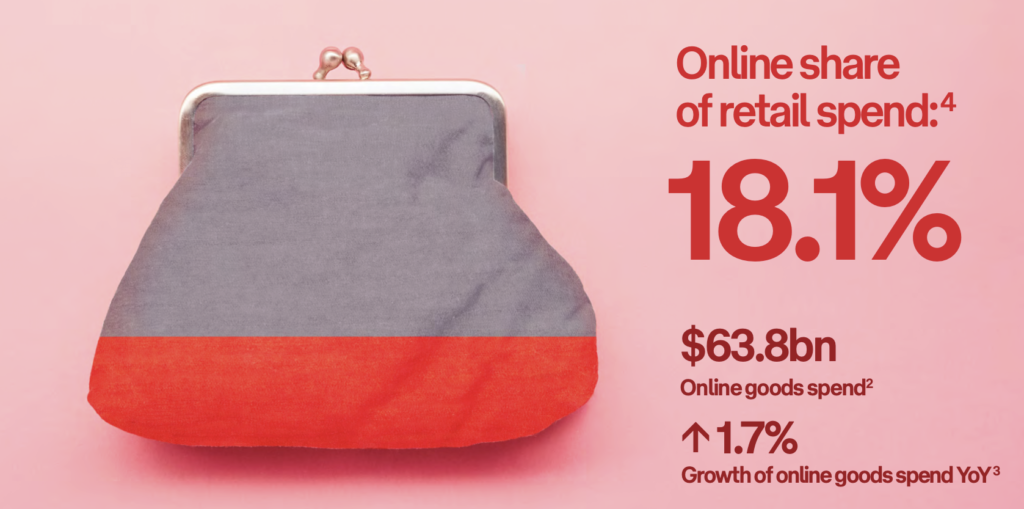What defines a good newsagency?
Back in 2013 I was interviewed for a magazine. I recently found an email from the journalist with notes from the interview. Here is some of it, which I think is relevant today:
What defines a good newsagency?
A good newsagency is a business loved by the local community, generating its own traffic growth – off its own efforts – delivering between 40% and50% grow product, profitable and a business with a clear plan for its own future.
When and how did you get into the newsagency business?
I worked in a newsagency, Pakenham newsagency in Victoria, after school in high school for a couple of years and while there used an old card system for handling newspaper home delivery accounts. Seven years later, when I decided to start my own business, I created my first newsagency software –on an Apple II computer. I never sold this software but used it as a proof of concept for what I would go on to develop.
From 1981 to February 1996 my focus was on my newsagency software company. Then, in a fit of madness or brilliance, I bought my first newsagency at Forest Hill in Victoria. I owned that business for thirteen wonderful years.
You have three newsagencies now. When you were establishing these what were your biggest challenges and how did you overcome them?
I now own three newsagencies in Victoria, all in shopping centres. All three were new locations, greenfield locations. Beyond negotiating the lease with the landlord – which is the biggest and most important challenge, the hardest work is getting the product mix right. Too often we see this as a do it once and you’re done thing. In fact, it’s daily – especially in a marketplace where change is relentless.
So, the biggest challenge is today’s challenge – to be relevant, interesting and valued to today’s customers and to know, for sure, what I will need to do tomorrow to achieve the same things,
Newsagents historically have relied on suppliers to tell them what to do. It’s part of the agent culture. Today’sworlddictates that we have to own our ownfuture because it is ours. We have to source our own products and package them with our own services – not those products from other suppliers or services we are told to provide.
Our future is up to us. And, sadly, this is why many newsagencies will close – because they will not take ownership of their future. That said, many will flourish. Our channel has the potential to grow in strength,
You’re very experienced in retailing and you regularly share your experience and advice on Australian Newsagency Blog. When you were starting out was there someone more experienced that you looked to for advice? How did their advice influence and shape your career and retail management?
I didn’t rely on or pick up retailing ideas from newsagents. My insights came from travelling overseas and looking at trends there at leading retailers. I realised what I liked and what could be applied to newsagents.
It’s easy to become discouraged when business is flat or going backwards. What advice can you give other newsagents who may be in this situation?
I see newsagents who grow to hate their business. It’s important that we know our triggers for negative feelings and that we fight against these.
To newsagents feeling depressed or worried about tough times I say: get moving, do something, anything, but take steps in your business today, right now, to drive change. The steps themselves may be wrong but you will get more benefit from moving in your business than standing still and worrying or complaining.
Owning and managing a retail outlet is competitive business. Do you think there’s opportunity for newsagents to work more closely together to achieve better outcomes for the overall industry?
I think our channel, while still a channel, is breaking apart. The term newsagency appliers to a diverse mix of businesses. It’s rare for there to be a consistent product mix or service value proposition.
Newsagents have a history of eschewing opportunities to work together, even in smaller groupings like marketing groups. They all complain about the channel not getting value from suppliers for its size – with thousands of rooftops – but they do little or nothing to actually leverage this. They are their own worst enemy and I wish that was not the case, I really do.
Newsagents working together could become a serious commercial force to be reckoned with.
On Australian Newsagency Blog you regularly provide marketing tips. If you could sum up your top 5 marketing tips, what would they be?
It’s hard to list the top five specific marketing tips as the top five today will be different tomorrow. Right now, the top five in a general sense are:
Determine and live your USP – Unique Selling Proposition. Answer the question- what do you stand for? and live that in every business decision.
Relay your magazines, confuse your employees and customers – own your magazine range as it represents the single most important point of difference for any newsagency today.
Give your employees power to change your business. You don’t have to lead the business alone, your employees could have brilliant ideas if only you helped them bring them out.
Make sure you can be found online. This means being locatable on Facebook, Twitter, Google Places, True Local and every other local directory. Check out how easily you can be found by typing in newsagent and your suburb or magazines and your suburb …and so on. If you don’t come up worry!
De clutter. Stand our the front of your shop and look carefully at what your shoppers see, the messages you present. The typical newsagency will have 30 different messages, often conflicting. I’ve heard retail psychologists say that anything beyond five messages is too many!
What do you believe are some big opportunities in 2013 for newsagents to use to set themselves apart competition?
The biggest two opportunities for newsagents in 2013 are to become fierce retailers by taking complete charge of their own retail destiny and to use their own store specific business data as their roadmap. Take the energy from the first and the guidance from the second and you have a model for the future for any local business that is sure to drive success.
Are suppliers doing enough to support small business like newsagencies in Australia? What makes or breaks a relationship between a retailer and a supplier?
Many suppliers to newsagents use processes that are decades old and have associated with them an operational cost that makes products in newsagencies more expensive. Our suppliers need to change as much as us, cutting costs from the supply chain so we and they can make more. We them to be more efficient so we can be. This means we need less reps on the road and easier ways to connect with suppliers in more modern-day ways.
Suppliers have sometimes “bought” store floor space and fixtures to ensure their products are displayed prominently. Is this an advantage or disadvantage to retailers? For example, does it provide a needed cash injection or restrict the rotation of other stock and product that may benefit from being in that “bought” location.
Historically a range of suppliers have funded fixtures in newsagencies. I strongly recommend newsagents reject such offers as a bit of cash today comes with a high cost to the business long term. What matters is the margin I make on products and that products turn quickly. Margin and stock turn matter the most. I will make more from good margin high stock turn product than any supplier cash hand out today.
Where do you see newsagency retailing heading over the next five years?
Over the next five years I send the gap between the strong and the weak to widen. Hopefully, this will attract more to being strong. I’d note that being strong is a choice- it is not a function of suppliers or other circumstance. We need to own our own situation and live this with gusto.





